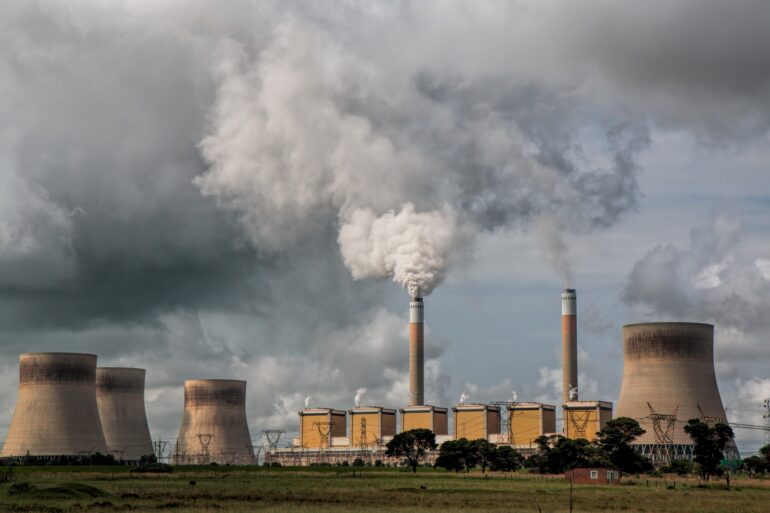TL;DR:
- Machine learning (ML) is a powerful tool for optimizing energy consumption and reducing greenhouse gas emissions.
- ML enables accurate demand forecasting, helping utilities and grid operators balance supply and demand while minimizing energy waste.
- ML can optimize energy consumption at the building level by identifying inefficiencies and enabling targeted energy efficiency measures.
- Integration of renewable energy sources into the grid can be optimized using ML, ensuring a reliable and efficient energy supply.
- ML plays a crucial role in the development of smart grids, enabling real-time monitoring and control of energy flows.
Main AI News:
The urgent need to combat greenhouse gas emissions and shift towards sustainable energy solutions has placed a paramount emphasis on optimizing energy consumption across the globe. From corporations to governments to individuals, the quest for energy efficiency has become a shared goal. In this endeavor, the application of machine learning (ML) has emerged as a formidable tool, capable of harnessing vast amounts of data and translating them into actionable insights that drive substantial advancements in energy management.
Machine learning, a subset of artificial intelligence (AI), involves the creation of algorithms that can learn from data and make accurate predictions and decisions. Its ability to swiftly process and analyze large datasets in real-time has positioned ML as an invaluable asset in the energy sector. In this industry, the optimization of energy consumption heavily relies on the precise and timely analysis of data from diverse sources, including smart meters, weather forecasts, and building management systems.
One of the primary domains where machine learning excels in energy optimization is demand forecasting. Accurate demand forecasting is crucial for utilities and grid operators to maintain a balance between supply and demand, ensure grid stability, and minimize energy waste. By scrutinizing historical energy consumption data alongside factors like weather patterns and time of day, machine learning algorithms can generate highly precise forecasts of future energy demand. This empowers utilities to optimize their generation and distribution strategies, thereby curbing energy waste and reducing greenhouse gas emissions.
Beyond demand forecasting, machine learning finds application in optimizing energy consumption at the individual building or facility level. By analyzing data from sensors and building management systems, ML algorithms can identify usage patterns and anomalies such as inefficient heating or cooling systems, malfunctioning equipment, or suboptimal lighting schedules. Facility managers can leverage these insights to implement targeted energy efficiency measures, resulting in significant cost savings and a diminished environmental footprint.
Another promising avenue where machine learning showcases its potential is the integration of renewable energy sources into the power grid. With the growing share of renewables in the global energy mix, effective management of these intermittent and variable resources becomes increasingly critical. Machine learning can address this challenge by predicting the output of renewable energy sources, such as solar panels and wind turbines, based on factors like weather conditions and historical performance data. Grid operators can utilize this information to optimize the integration of renewables, ensuring a reliable and efficient energy supply.
Moreover, machine learning plays a pivotal role in the development of smart grids, characterized by the integration of advanced communication, automation, and data analytics technologies. Smart grids hold the promise of revolutionizing energy generation, distribution, and consumption, leading to significant improvements in energy efficiency and sustainability. Machine learning algorithms are instrumental in analyzing data from various sources within the smart grid, facilitating real-time monitoring and control of energy flows, as well as the detection and prevention of potential issues such as power outages or equipment failures.
As we navigate the complexities of energy optimization, the power of machine learning becomes increasingly evident. By leveraging its capabilities, businesses, governments, and individuals can unlock tremendous potential for achieving energy efficiency goals, reducing environmental impact, and fostering a sustainable future. The comprehensive integration of machine learning in energy management practices marks a crucial step towards building a greener and more prosperous world.
Conclusion:
The integration of machine learning in energy optimization presents significant opportunities for the market. Businesses can leverage ML algorithms to enhance energy management practices, leading to reduced costs, improved sustainability, and minimized environmental impact. Utilities and grid operators can benefit from accurate demand forecasting and optimized energy distribution, ensuring a stable and efficient energy supply. The increasing integration of renewable energy sources with ML-driven prediction models allows for better utilization of these resources, paving the way for a greener and more sustainable future. Additionally, the development of smart grids empowered by machine learning capabilities revolutionizes the energy sector by enabling real-time monitoring, control, and proactive management of energy systems. Embracing machine learning in the energy market holds immense potential for unlocking new efficiencies, reducing operational expenses, and driving sustainable growth.

